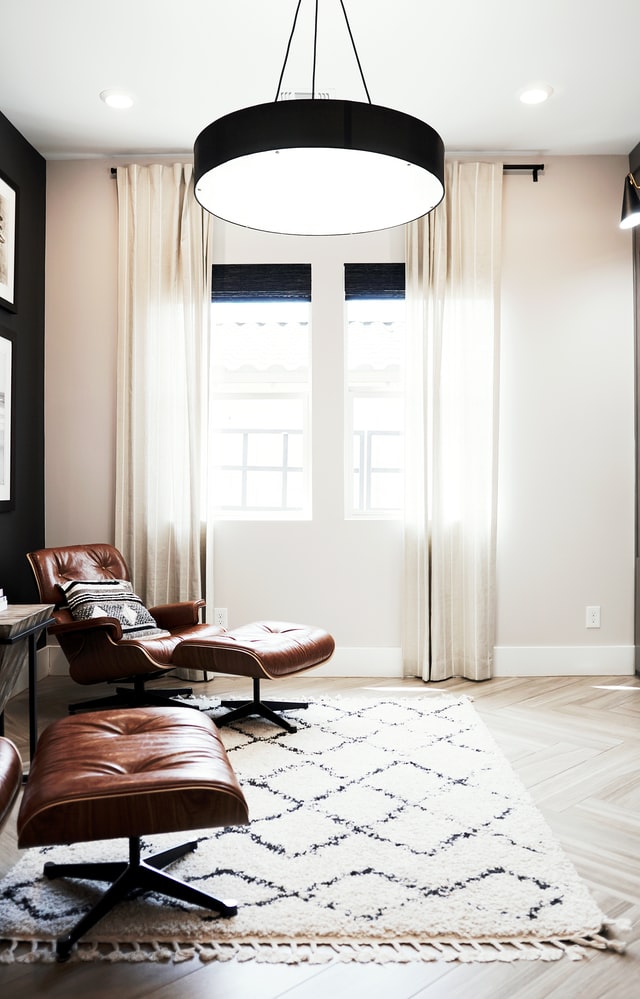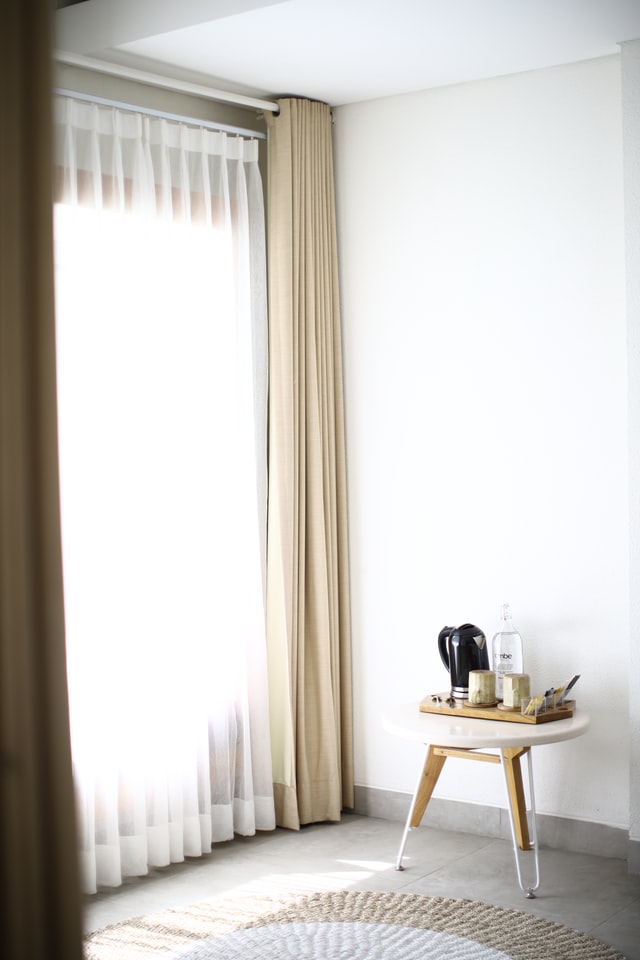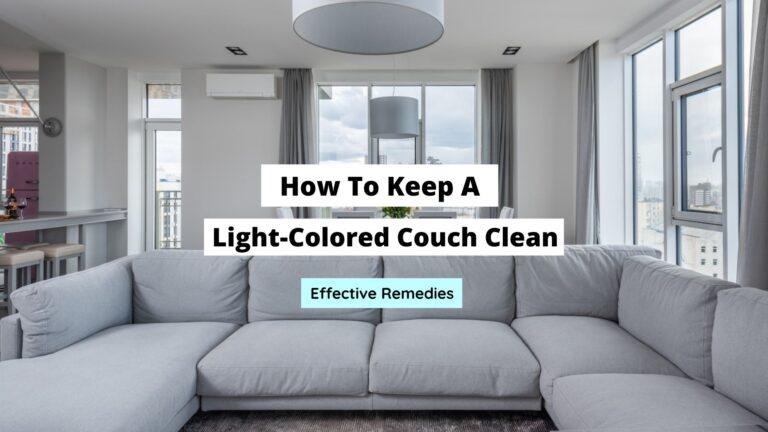Should Curtains Touch The Floor? (Answered & Examples)

The devil is in the details when it comes to home decor and creating an environment that feels good to you. Something as simple as the length of your curtains can make a huge difference in how well decorated a room appears. This begs the question, should curtains touch the floor?
Yes, curtains should touch the floor or hover above the surface of the floor by about ½ an inch because they look more elegant, rich, fashionable, and stylish. Not to mention, some rooms require long curtains to conceal structural flaws and to make a room appear larger or higher than it actually is.
There are more reasons why curtains should touch the floor such as adequately blocking light and adding more warmth to a room for a cozy and romantic feel.
Another factor to consider is how curtains look when they are tied or drawn open. Their appearance changes and if they’re too short, the result looks awkward and cheap as they hang on either side of your window or glass doors.
However, as much as curtains should touch the floor, it would be foolish of me not to mention the drawbacks of this.
They may look better compared to curtains that float above the floor or only cover the window but they are more susceptible to dirt and damage.
Any liquids or grime that may be on the floor will be soaked up by the curtain and this may cause fraying and permanent staining.
For these reasons, it is important that curtains should touch the floor only in rooms that are not exposed to unnecessary liquids or high traffic like bathrooms and kitchens.

Table of Contents
There Are Six Types Of Curtain Lengths.
1. Floating – These curtains are usually smooth and quite long despite not touching the ground. Typically, they sit about ½ an inch from the floor preventing dirt or damage from occurring. These curtains are usually straighter and thicker giving off a more elegant look.
2. Apron – When it comes to the apron type of curtain, you can expect it to sit about 2 inches above the window apron. They’re extremely functional and show up in most kitchens as a means of blocking excessive sunlight or adding some privacy. They’re usually lightweight and thin making them easy to wash.
3. Trouser – This type of curtain is approximately 2 – 3 inches longer than the floor. Think of bell-bottom trousers that usually drag and have a slight fold. They’re the most common or ideal type of curtain that touches the floor that is both elegant and stylish.
4. Puddle – Of all the curtains at your disposal, puddle curtains are the longest by a stretch. They’re usually about 6 inches on the floor causing many folds to occur. To prevent damage, these curtains are usually made of thick cotton or velvet with an additional lining. They’re very elegant and something commonly used to decorate reception areas for extravagant events. However, they can easily appear messy or creased because of the additional length.
5. Breaking – This type of curtain is extremely tailored and probably my favorite from this list. They’re about an inch above the floor with a very slight fold at the bottom. They appear straighter and more distinguished.
6. Sill – As the name implies, these curtains are the shortest and sit above the window sill in kitchens and bathrooms. They’re completely functional and look best when gathered and made from net or organza which is essentially made from silk.
What Is The Meaning Of Curtain Drop?

If you research the topic of curtains, you’ll often find tailors and home decor enthusiasts referencing the term curtain drop.
Curtain drop is a term referring to the distance from the top of the curtain to the bottom. This measurement is important when deciding on how to tailor the curtain and where to position the curtain rod onto the wall.
A curtain drop can easily be measured using a measuring tape. It is advised to measure the full length of the wall to determine the difference in height remaining.
Based on this difference, you can accurately position your curtain rod to make sure the curtain touches the floor appropriately for the type of room in question.
It can also be used to determine how much of the curtain needs to be altered at the bottom without having to mount the rod unnecessarily.
Which Rooms Should Curtains Touch The Floor?
As mentioned earlier, it is imperative that we spend extra time deciding on which type of curtain is appropriate for a particular room.
As much as long curtains that touch the floor look elegant, they would appear weird and dysfunctional in a room that has tiled walls for instance.
I would advise you to avoid long curtains that touch the floor in bathrooms and kitchens because they will inevitably face damage from water and other substances.
Instead, it would be better if you opted for sill-type curtains, blinds, shades, or shutters.

They are more resilient and stronger making them ideal for bathrooms, kitchens and washrooms.
In bedrooms, lounges and entertainment rooms, longer curtains are perfect and it’s completely up to you whether you’d like floating, puddle, or breaking curtains.
When it comes to studying rooms or a work office, it’s best to opt for short, thin, and light-colored curtains to promote light and a clean look that is synonymous with improving productivity and focus.
Since long and dark curtains often make a room warm and cozy, it would be unideal to use them in a place where you want to be alert and awake.
In Conclusion
I’m sure by this point, you have a good idea of why curtains should touch the floor and which rooms are more suitable for these types of curtaining.
As a parting tip, I’d like to also advise you to opt for darker colors that do not show discoloration or stains as much as lighter colors when choosing curtains that touch the floor.
With that being said, I would love to hear your thoughts and tips on whether or not curtains should touch the floor. Please head down below and leave a comment. And if you really enjoyed this article, please consider sharing it with someone who might benefit from my advice.
Related Post:





